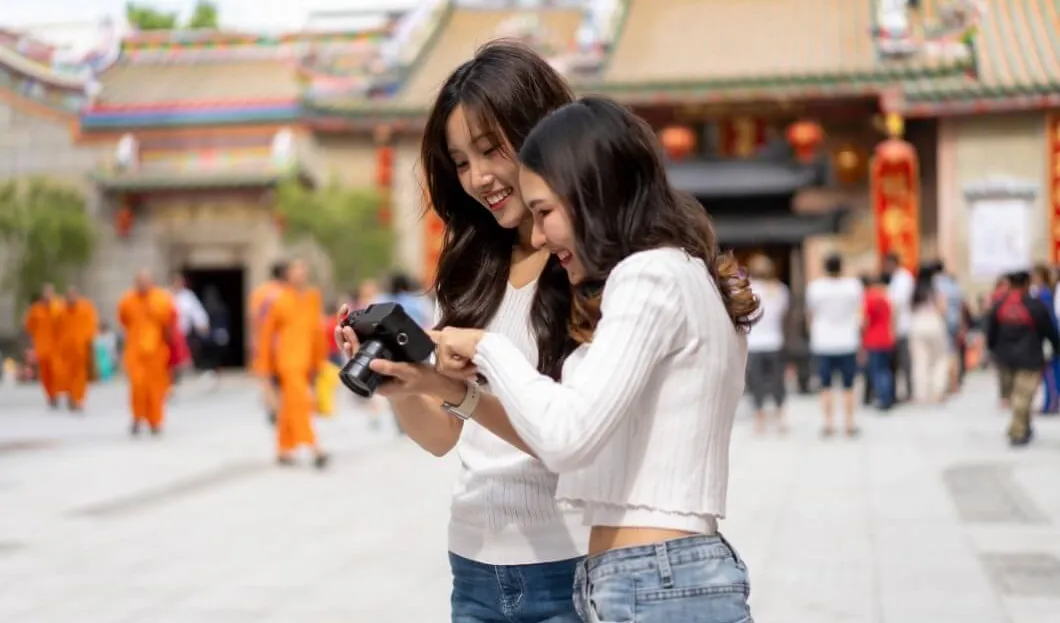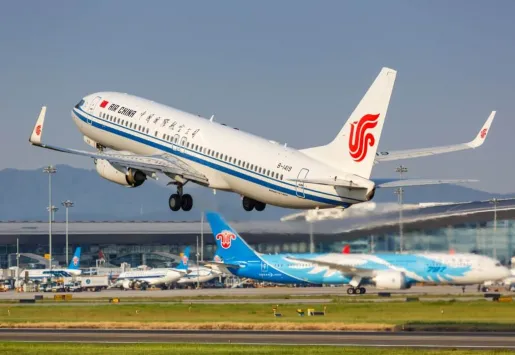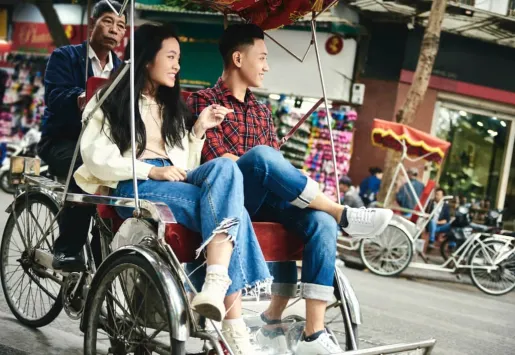
China's Ministry of Culture and Tourism calculated that during the 8-day Spring Festival holiday in China, 501 million domestic trips were made, a year-on-year increase of 5.9%. The total revenue from domestic travel was 677 billion yuan (about US$93 billion), a year-on-year increase of 7%.
All regions of China have deeply explored the cultural significance of the "intangible cultural heritage" associated with the Spring Festival. They have organized traditional activities such as temple fairs, lion dances, English songs and dances, dragon dances, and bench lantern displays to attract many citizens and tourists. During the Spring Festival, theatrical performances are vibrant and diverse, with traditional programs like opera particularly popular.
Museums have also become favored destinations during the Chinese New Year, with high visitor numbers at the Palace Museum, Shaanxi History Museum, Sanxingdui Museum, and others. Notable exhibitions have become trendy for people to celebrate the New Year.
Ice and snow tourism remains popular during the Spring Festival holiday. National ski resorts like Yabuli and Altay are seeing increased popularity, while ice and snow activities in Hubei, Jiangxi, Zhejiang, and other regions are bringing new life to the winter tourism market in southern China.
The popularity of southbound tourism is rising, and "cold" destinations such as Hainan, Guangxi, and Yunnan attract tourists to travel warmly.
Nighttime cultural tourism consumption highlights are frequent, such as the "Pingyao Shengjing" light show in Shanxi, the "Fish Lantern" night view of Huangshan in Anhui, the "Jiangnan Qili" night cruise in Zhouzhuang, Jiangsu, and the "Lantern World" in Zigong, Sichuan.
The inbound tourism market has been steadily growing, supported by favorable policies such as transit visa exemptions and improved payment facilitation, further enhancing its appeal. Events like the Spring Festival, lantern festivals, intangible cultural heritage displays, and opera performances have become key attractions for foreign tourists celebrating the Chinese New Year. As a result, the influence of traditional Chinese culture has been significantly amplified.















